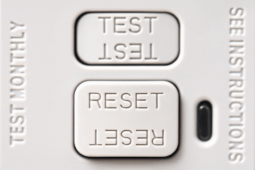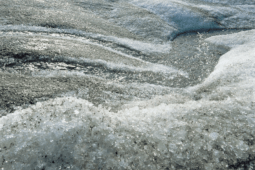Difference Between Wood Putty and Wood Filler
Wood putty and wood filler are two products that are often used interchangeably when it comes to woodwork. While they may both serve the same purpose, they have different characteristics, uses, and applications. If you are not sure which you need, worry not since we will discuss the differences between wood putty and wood filler, as well as their respective uses and benefits.
What is Wood Putty?
Wood putty is a type of filler that is primarily used to fill small holes, cracks, and dents in wood surfaces. It is made from a mixture of wood dust and a binding agent, usually a type of resin. Wood putty is available in various colors, and it can be stained or painted to match the color of the surrounding wood. Its consistency is similar to that of clay, and it can be easily molded and shaped to fill gaps and holes.
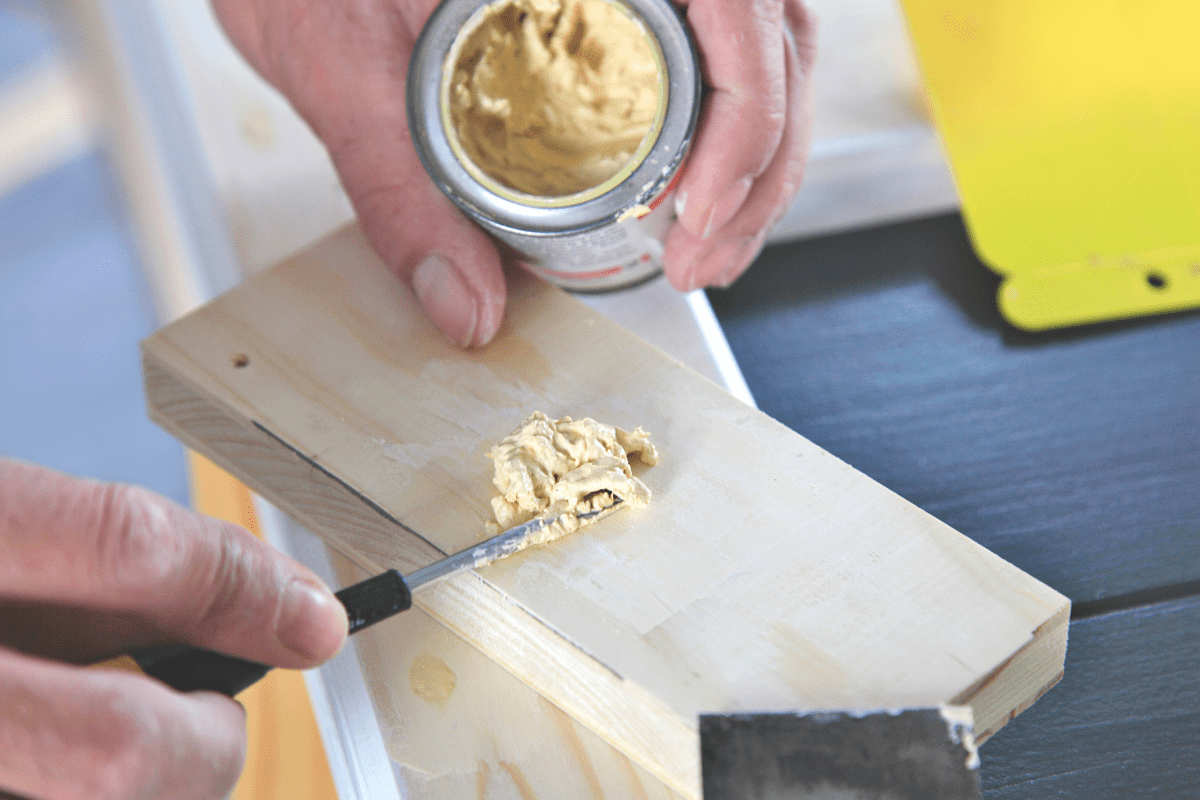
Wood putty is used for minor surface repairs, such as filling nail holes, scratches, and small cracks. It is also used to repair minor damage to furniture and other wooden items. Wood putty dries quickly, usually within a few hours, and it can be sanded and painted over once it has dried. However, it is not suitable for use in areas that are exposed to moisture or high levels of stress, as it is not as strong or durable as a wood filler.
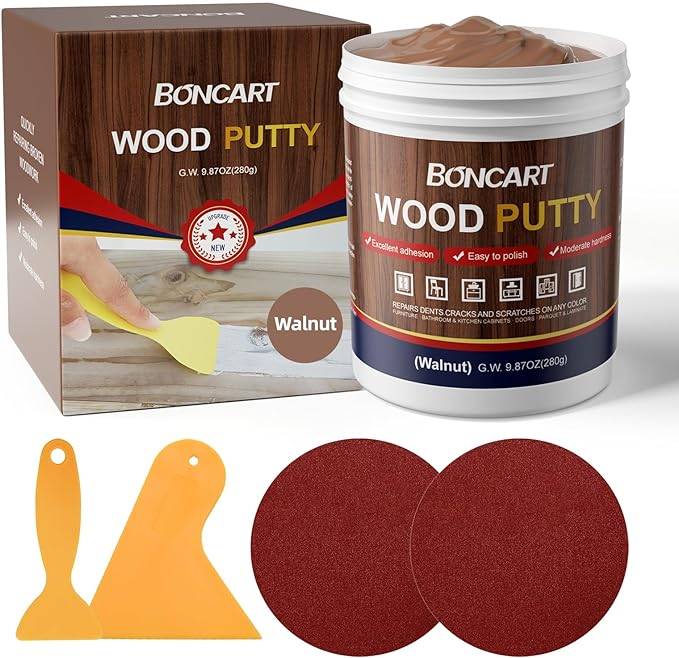
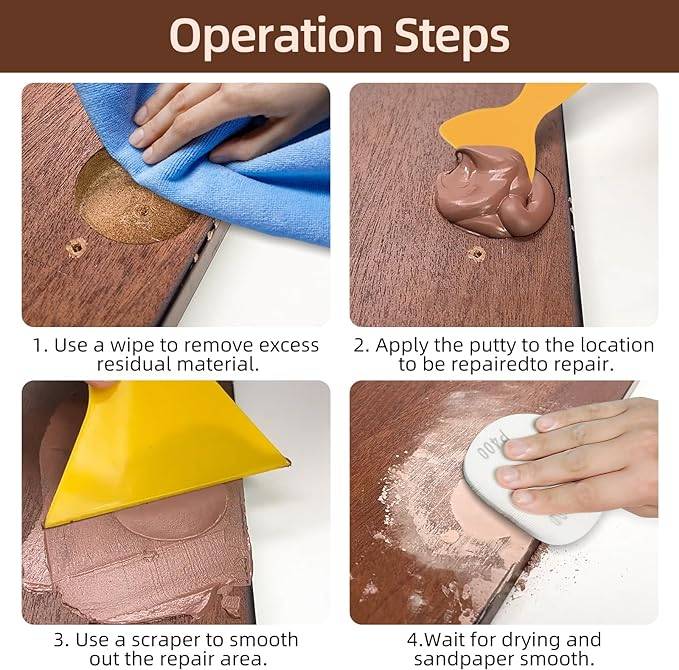
What is Wood Filler?
Wood filler, on the other hand, is a more heavy-duty product that is designed to fill larger holes, gaps, and cracks in wood surfaces. It is made from a mixture of wood fibers and a binding agent, usually a type of resin or epoxy. Wood filler is available in different consistencies, ranging from thin and runny to thick and paste-like. It can also be tinted to match the color of the surrounding wood.
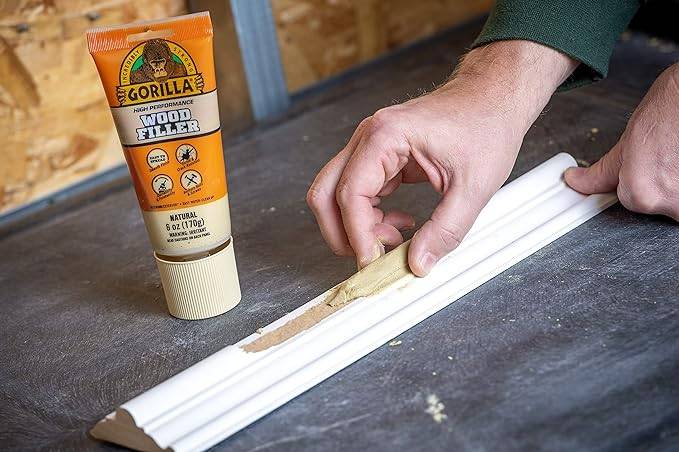
Wood filler is used for more substantial surface repairs, such as filling large holes, gaps, and cracks in wood. It is also used to repair damaged and rotted wood, as it is stronger and more durable than wood putty. Wood filler takes longer to dry than wood putty, usually between 24 and 48 hours, and it can be sanded, stained, and painted over once it has dried. It is also water-resistant and can withstand exposure to moisture and high levels of stress.
Uses and Benefits
Wood putty and wood filler serve as crucial elements in surface repairs, each offering distinct applications and advantages. Wood putty excels at addressing minor blemishes on wood surfaces, such as filling in nail holes, concealing scratches, and addressing small cracks. Its user-friendly nature facilitates easy application, and its quick drying time allows for efficient project completion. Additionally, once dried, wood putty can be seamlessly sanded and painted over, providing a smooth and aesthetically pleasing finish.
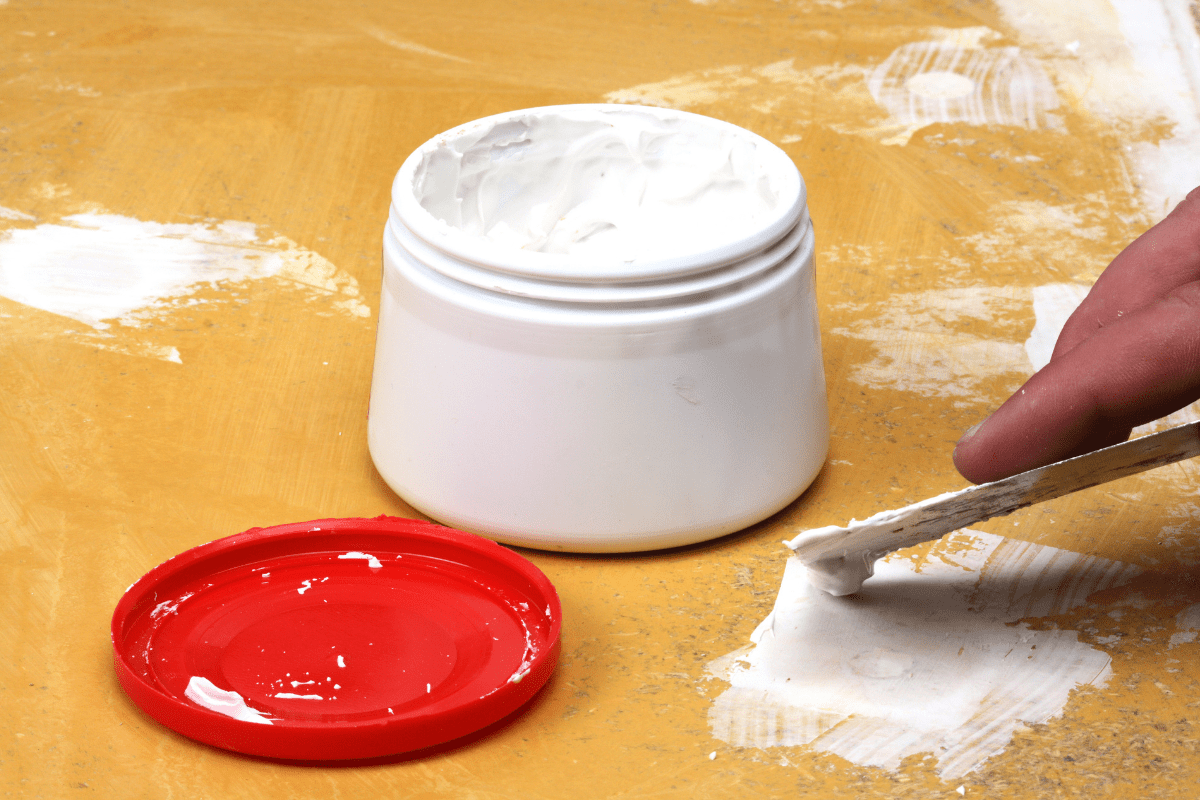
In contrast, wood filler is specifically crafted for more extensive and robust repairs. Distinguished by its superior strength and durability compared to wood putty, wood filler is engineered to endure exposure to moisture and withstand high levels of stress. Its efficacy shines in addressing sizable holes, substantial gaps, and prominent cracks in wood surfaces. Moreover, wood filler is an excellent choice for mending damaged or rotted wood.
Wood putty and wood filler are two products that are often used interchangeably in woodwork. While they may both serve the same purpose, they have different characteristics, uses, and applications. Wood putty is ideal for minor surface repairs, while wood filler is designed for larger and more substantial repairs. It is essential to choose the right product for the job to ensure a quality and long-lasting repair.


